ANN/THE STAR – Caves are usually large openings in hills or mountains, often created by water erosion.
However, Gua Batu Maloi in Negeri Sembilan, Malaysia, is an exception. It was formed through a unique process and offers a distinct experience for cave explorers.
Located about an hour’s drive from Seremban, Gua Batu Maloi lies at the southern end of the Titiwangsa mountain range, nestled in a narrow valley between Gunung Datok and Gunung Rapat.
This cave was formed during the last glacial period, around two million years ago, when the sea level was about 130 metres lower, and what is now Peninsular Malaysia was connected to Borneo, Java, Sumatra and the Philippines via vast savannah plains.
Archaeologists named this landmass Sundaland and it existed that way until about 20,000 years ago.
As the Ice Age ended and glaciers melted, torrential thunderstorms in the tropics caused erosion in the mountains, leading to the exposure and subsequent tumbling of massive granite boulders into the valley.
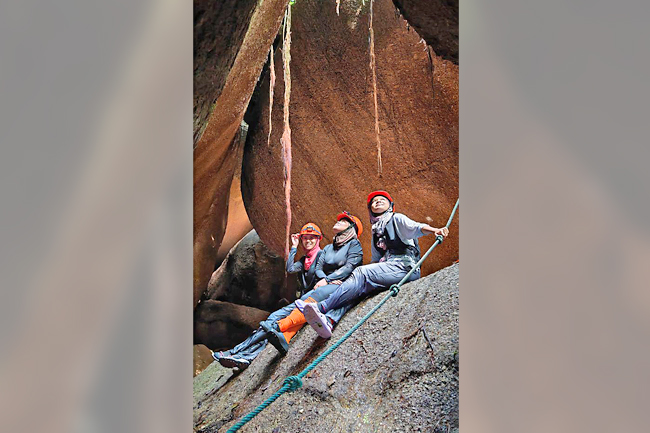
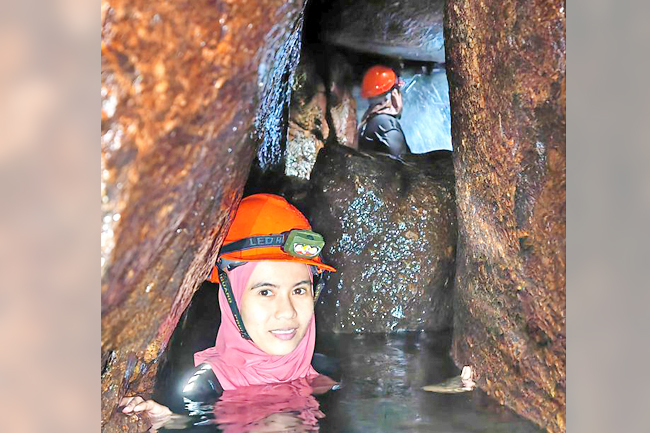
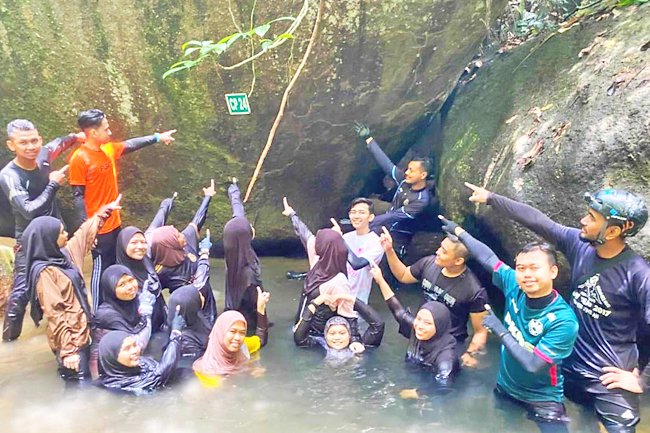
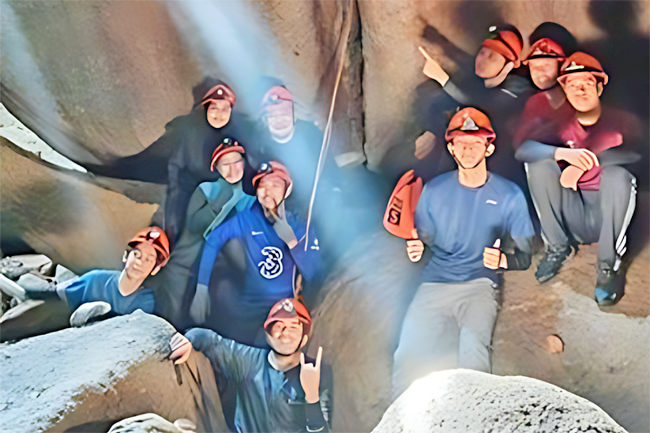
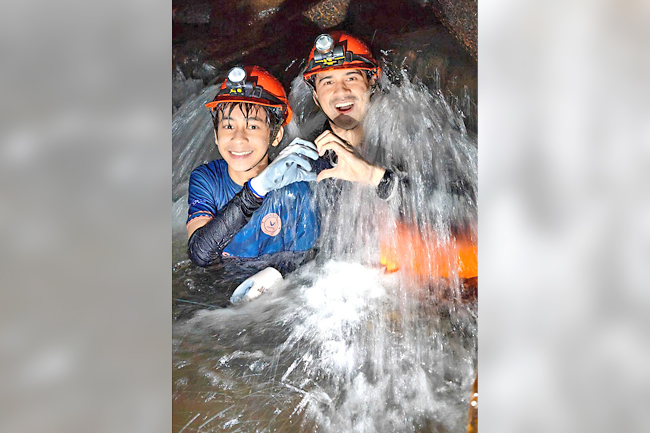
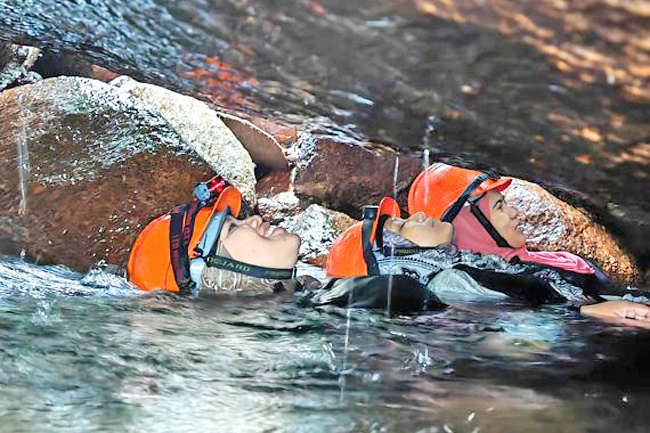
These boulders, some as large as houses, piled up and created the spaces and gaps that form what geologists call a talus cave.
Gua Batu Maloi is shrouded in myths about ‘orang bunian’, fourth-dimensional beings said to inhabit the cave.
There are tales, including one about a girl who claimed to have been invited for tea by these beings after being lost in the cave for days.
However, modern explorers are less likely to get lost, thanks to the Forestry Department’s establishment of 24 checkpoints along the cave trail, marked with aluminium plates.
Certified guide Muhammad Afiffudin Jelani, who has been guiding explorers through Gua Batu Maloi for nine years, explained that the cave has five exits leading to a dirt trail that returns to the starting point.
He said forest rangers and firemen helped to mark out the five exits for those who want to cease exploring for any reason and leave the cave.
The entire exploration, covering just over two kilometres, typically takes about four hours.
The minimum age for explorers is usually 12, but Muhammad has guided children as young as four.
Gua Batu Maloi is suitable for novices with a sense of adventure and general fitness.
The cave has a river running through it, and depending on rainfall, explorers may need to wade through waist-deep water in some areas.
Expect to snake, crawl, slide, shimmy, clamber and squeeze through crevices and gaps with plenty of clear, flowing water at your feet.
Participants are advised against wearing jewellery or bringing electronics beyond headlamps as these items can be damaged by the rough environment.
“Even when they put their handphones in a waterproof casing, it tends to get knocked or scratched against the boulders and we have seen water leak in because of that,” Muhammad Afiffudin said.
Dry bags may also not be good enough for use in Gua Batu Maloi.
“Some are too thin and during the journey, their seams can give way and make the contents wet,” he warned, stressing that those who insist on bringing their electronic gadgets should make sure they have top waterproofing material that can withstand rigorous outdoors use.
Safety helmets are provided by the guides, while explorers should bring their own waterproof headlamps. There is a fee to enter which covers permit, use of facilities at the rest station and the guiding fee.
Muhammad Afiffudin emphasises the importance of not entering the cave without a guide.
“Never go in without a guide. Even though the checkpoints are clearly marked to show you your progress, there are stretches that can be flooded and you will need a guide to lead you out through another way,” he said


